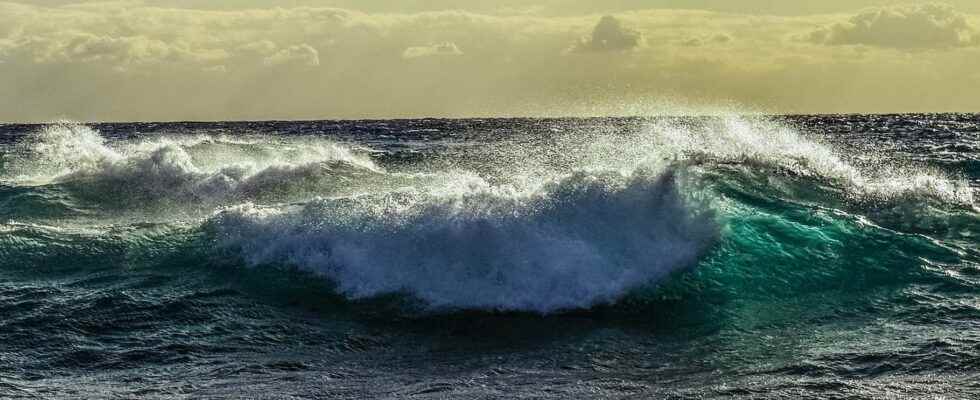Among renewable energies, marine energies are not the most popular. Given their high energy potential, they nevertheless have something to hold the attention.
You will also be interested
[EN VIDÉO] offshore wind turbines Offshore wind turbine: images of factories, installation, port infrastructure and wind turbines in operation (Alpha Ventus wind farm, North Sea, Germany). © Areva
When we talk about marine renewable energies (MRE), we are talking about technologies that can generate electricity by harnessing the energy of the sea. And these are diverse. Among the best known are tidal energy, wave energy,tidal energy or even theocean thermal energy. But there is also the energy of biomass algae, the energy linked to gradients of salinity, solar energy at sea, etc. And to be sure to include offshore wind, some prefer to talk aboutrenewable energies at sea.
Many of these technologies are still in the experimental or even research stage. But some have started generating electricity. This is the case, for example, of theLa Rance tidal power plant (Brittany) – with an installed power, in other words, a production capacity, of 240 MW – which was commissioned in 1966. In 2015, its production represented 17% of the energy produced in Brittany. “In France, the potential of tidal energy is estimated at 15 GWspecifies Anne Georgelin, sector manager at the Renewable Energies Syndicate. But the scale of the projects to be developed means that it remains little exploited. »
“Globally, the potential for marine renewable energy is immense. However, it is difficult to compare the figures given by each other, because we do not always know whether we are talking about natural potential or technically or commercially exploitable potential., adds Anne Georgelin. Especially since in the mattertechnologies are constantly evolving.
The state of play for France
For example, the current zones are known and we therefore know that the (usable) potential of tidal energy is around 100 GW in the world and 5 GW for France. The natural potential of offshore wind is “almost unlimited”. In France, it is estimated that its exploitable potential is between 30 and 70 GW, the high range including the installation projects offloating wind turbines which will be able to invest in areas deeper than the wind turbines installed. The Renewable Energies Syndicate has set itself the goal of reaching 15 GW installed by 2030 – which would represent 9% of electricity production – compared to 70 GW for Europe and China and 22 GW for the United States. The target set for all other marine energies is 1 GW, or 0.7% of our country’s electricity production.
Other offshore renewables are still in the development or prototyping phase. Their potential remains more vague. Thermal energy, for example, seems to only concern certain regions of the globe. The potential of wave energy seems almost limitless, but connection to the grid poses great difficulties.
When we talk about the potential of marine energies, we must also consider the fact that the load factor facilities – understand, the percentage of the time of the year during which the facility produces at full power – greatly exceeds that of renewable energy production facilities at earth. It is 40 to 45% against 25% for solar photovoltaic, for example. Add to that that at sea, the installations can be wider. And a wind turbine twice as big, for example, produces eight times as much energy. “On land, we are on fields of a few tens of megawatts. At sea, we will be around 500 or 1,000 MW. What to produce centrally »says Anne Georgelin.
Marine energies around the world
All these precautions being taken, some like the World Energy Council nevertheless attempts to provide estimates. Thus the theoretical energy potential of renewable marine energies would be two million TWh per year. But at present, only a little over 100,000 TWh/year would be technically and/or economically exploitable. A stunning figure all the same knowing that in 2018, the electricity consumption in the world barely exceeded 23,000 TWh. Yet today, MREs do not account for more than 0.05% of global renewable energy production.
The exploitable potential of MREs would be distributed as follows:
- between 300 and 800 TWh/year for tidal turbines and energy from tides ;
- between 8,000 and 80,000 TWh/year for energy from waves and some swell (wave power);
- approximately 18,500 TWh/year for wind power offshore;
- nearly 10,000 TWh/year for theocean thermal energy(ETM) which exploits the temperature differences between the surface and the depths
Interested in what you just read?
